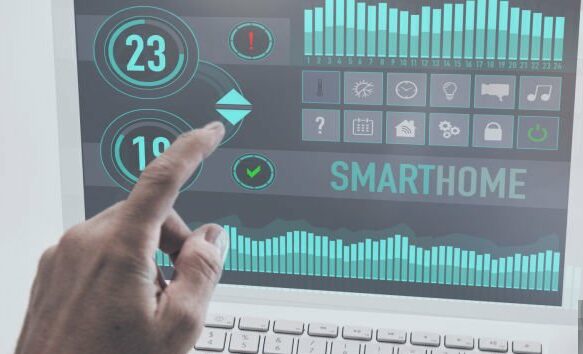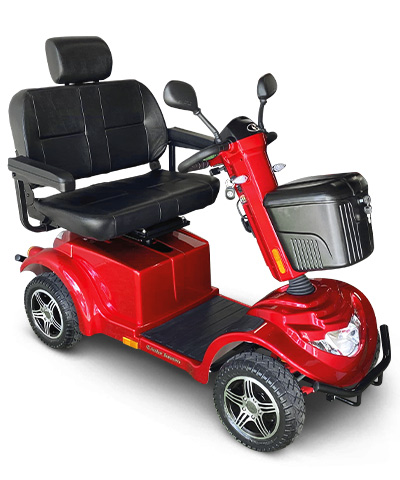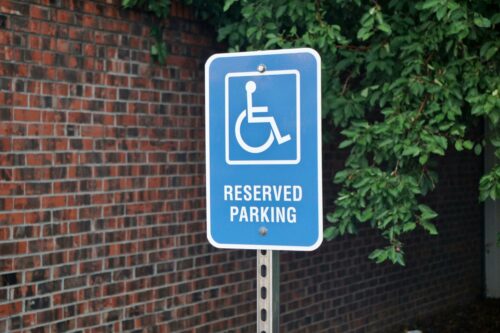Smart home accessibility harnesses the power of technology to make homes more accessible, convenient, and safe. But what does this really mean? Let’s break it down.
At its core, smart home technology is about automation. It’s about devices and systems that can be controlled remotely or programmed to perform tasks automatically. This might include everything from adjusting the temperature and lighting to locking the doors and setting the alarm. But it’s not just about convenience; it’s about enabling individuals with disabilities to live more independently.
For someone with mobility limitations, for example, smart home technology can mean the difference between struggling to reach a light switch and simply saying “lights on”. For someone with visual impairments, it can mean being able to navigate their home safely with voice-activated lighting and guidance systems. For someone with cognitive challenges, it can mean receiving reminders to take medication or alerts if a stove is left on.
But smart home accessibility goes beyond addressing physical limitations. It’s also about addressing the emotional and psychological challenges that can come with disability. It’s about providing a sense of control, independence, and security. It’s about reducing stress and increasing comfort. It’s about enhancing quality of life.
The beauty of smart home technology is its versatility. With a wide range of devices and platforms available, there’s something to cater to everyone’s needs and budget. Whether it’s a voice assistant like Amazon Alexa or Google Assistant, a smart thermostat, or a complete home automation system, the possibilities are endless.
Improving Daily Life with Voice-Activated Devices
Voice-activated devices are at the forefront of smart home accessibility, revolutionising daily life for individuals with disabilities. These devices, such as Amazon Alexa, Google Assistant, or Apple’s Siri, use artificial intelligence to understand and respond to voice commands. They can perform a wide range of tasks, from controlling lights and appliances to setting reminders and even making calls, all entirely hands-free.
Imagine waking up in the morning and simply saying, “Alexa, turn on the lights,” or “Google, what’s the weather today?” For individuals with mobility limitations or visual impairments, this level of hands-free control can be life-changing. It can reduce reliance on caregivers, enhance independence, and significantly improve quality of life.
Voice-activated devices can also be integrated with other smart home systems for a seamless experience. For instance, you can connect your voice assistant to your smart thermostat, allowing you to adjust the temperature with a simple voice command. Or, you can link it to your smart doorbell, so you can see who’s at the door and even speak to them without having to get up.
But the power of voice-activated devices goes beyond convenience. For individuals with cognitive challenges, these devices can assist with memory and organisation. You can set reminders for medication, appointments, or daily tasks. You can ask your voice assistant to read out your shopping list or to-do list. You can even use it as a tool for learning and entertainment, asking it to play audiobooks, music, or trivia games.
In essence, voice-activated devices are transforming the way we interact with our homes, making them more accessible and convenient than ever before. They’re not just devices; they’re personal assistants, ready to help at the sound of your voice. And as technology continues to evolve, their potential to enhance daily life is only set to grow.
Enhancing Safety and Independence with Smart Home Security
When we talk about smart home accessibility, safety and security are also part of it. For individuals with disabilities, smart home security devices can provide an added layer of protection and peace of mind, enhancing independence and control.
One of the most popular smart home security devices is the smart doorbell. These devices allow you to see and speak to visitors without having to physically answer the door. With a smart doorbell, you can monitor your front door from anywhere using your smartphone. This can be particularly helpful for individuals with mobility limitations or hearing difficulties. Some smart doorbells even offer motion detection features, alerting you when someone approaches your door.
Smart locks are another key component of smart home security. These devices allow you to lock and unlock your doors remotely using a smartphone app or voice commands. This can be a game-changer for individuals with physical limitations, eliminating the need for keys and allowing for hands-free operation. Some smart locks also offer the ability to create temporary digital keys for guests or caregivers, enhancing security and convenience.
Leak detectors and emergency alert systems are other smart home devices that can enhance safety. Leak detectors can alert you to water leaks in your home, helping prevent damage and costly repairs. Emergency alert systems, on the other hand, can provide immediate assistance in case of accidents. These systems often feature fall detection sensors and emergency call buttons, providing peace of mind for individuals and their caregivers.
More than just protecting your home from intruders. smart home security devices also enhabce your independence, control, and peace of mind. They make your home a safer, more accessible place to live. And with the wide range of devices available, there’s a solution for every need and budget.
The Role of Assistive Technology in Accessible Home Design
Assistive technology plays a crucial role in making homes more accessible for individuals with disabilities. These technologies are designed to help people perform tasks that they might otherwise find difficult or impossible due to their disability. In the context of smart homes, assistive technology can range from simple devices like grab bars and ramps to more complex systems like voice-activated appliances and robotic vacuum cleaners.
One of the most transformative aspects of assistive technology is its potential to enhance mobility within the home. Smart lighting systems can be programmed to turn on and off automatically or in response to voice commands, improving navigation for individuals with visual impairments. Similarly, robotic vacuum cleaners can keep floors clean without the need for manual operation, reducing the burden for those with physical limitations.
Assistive technology can also enhance communication and interaction within the home. Smart speakers and voice assistants can read out emails, news, and other information, making them accessible for individuals with visual impairments or reading difficulties. Moreover, smart home systems can be controlled via smartphone apps, allowing individuals with mobility issues to control their environment without physical strain.
But perhaps the most powerful aspect of assistive technology is its potential to foster independence. By automating daily tasks and providing accessible solutions, assistive technology can reduce reliance on caregivers and enable individuals with disabilities to live more independently. This can have a profound impact on an individual’s sense of control, dignity, and quality of life.
Tips and Resources to Make Smart Home Technology Affordable
One of the common misconceptions about smart home technology is that it’s prohibitively expensive. While it’s true that some devices and systems can be quite costly, there are also many affordable options available. Plus, there are numerous resources and strategies that can help make smart home technology more accessible for everyone, regardless of budget.
Tip #1: Start small.
It’s important to remember that you don’t have to automate your entire home all at once. Start small, perhaps with a voice assistant or a few smart bulbs, and gradually add more devices as your budget allows. This approach not only makes the process more affordable but also allows you to learn and adapt to each new device before moving on to the next.
Tip #2: Consider refurbished or second-hand devices.
Many retailers and manufacturers offer refurbished devices that have been returned, repaired, and tested to ensure they’re in good working order. These devices are often significantly cheaper than brand new ones, making them a great option for budget-conscious consumers.
Tip #3: Maximise government grants and assistive tech programs.
Take advantage of government grants and assistive technology programs. In Australia, for example, the National Disability Insurance Scheme (NDIS) provides funding for assistive technology for eligible individuals. There are also numerous non-profit organisations and charities that offer grants and subsidies for assistive technology.
Tip #4: Do your research.
Prices can vary significantly between retailers, so it’s worth shopping around to find the best deal. Also, keep an eye out for sales and discounts, particularly around major shopping events like Black Friday or Boxing Day.
In conclusion, while smart home technology can be an investment, it doesn’t have to break the bank. With a bit of planning, research, and savvy shopping, you can make your home more accessible and convenient without blowing your budget. After all, the benefits of smart home technology – increased independence, convenience, and quality of life – are priceless.






 James
James 

